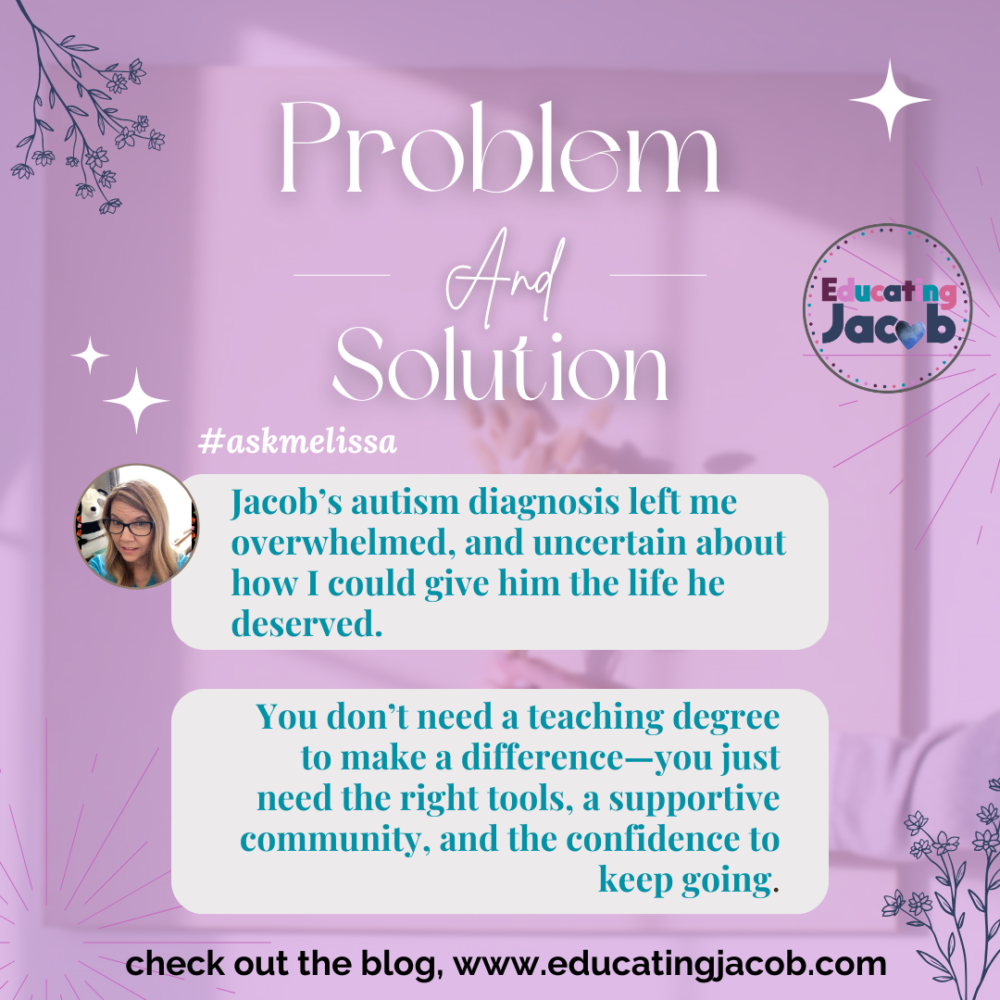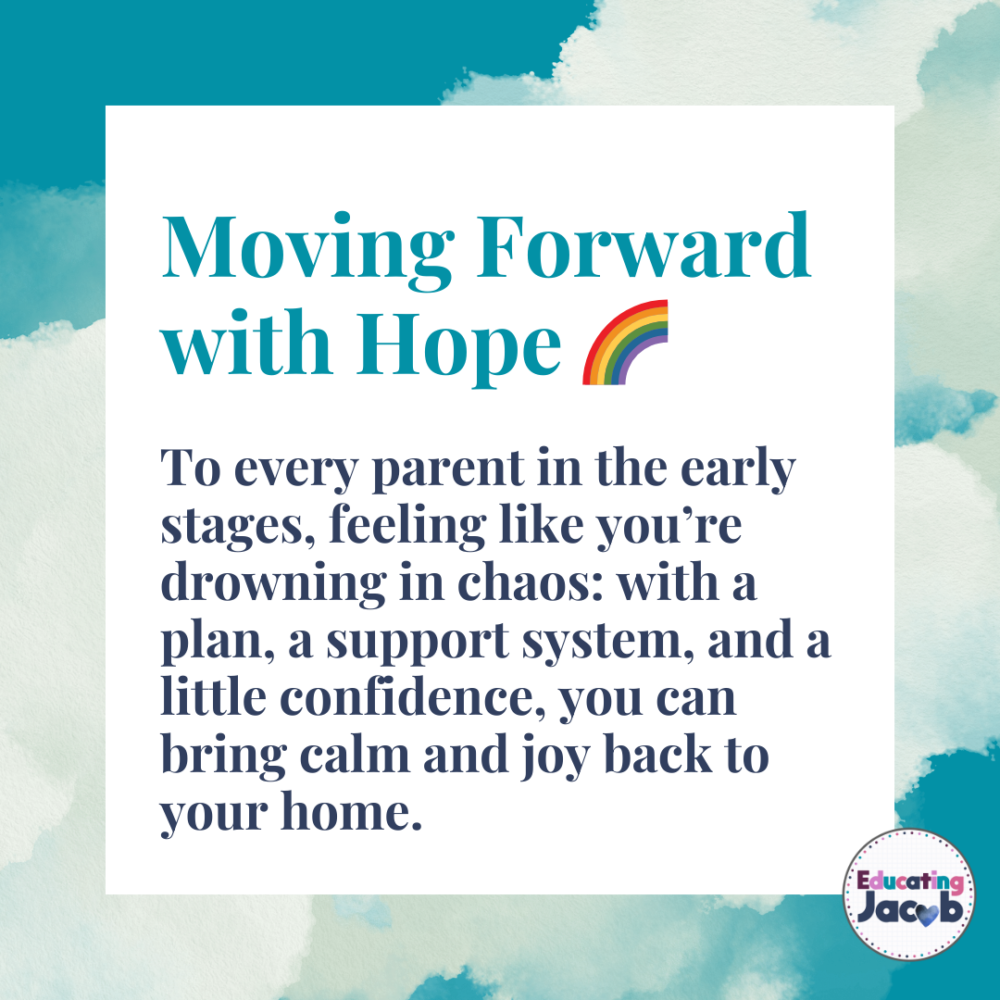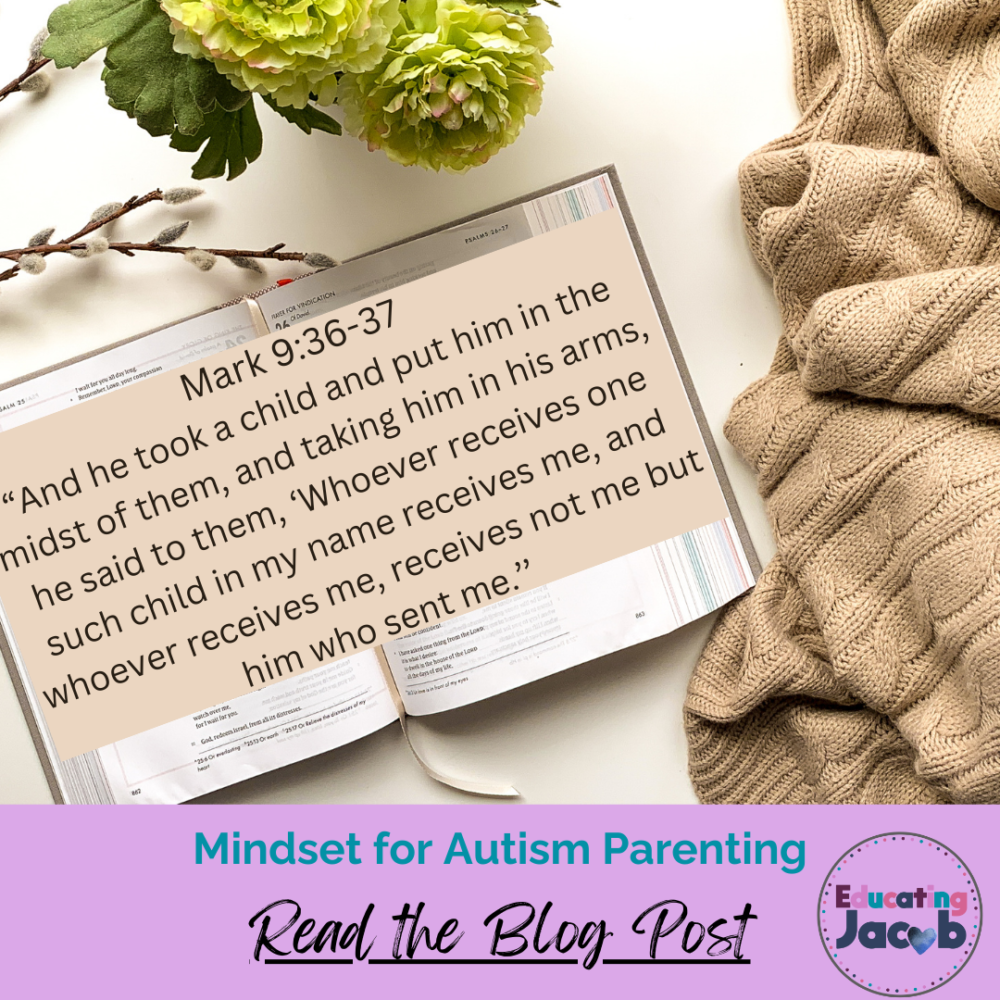Heartbreak to Hope: A Mom’s Mission Teaching and Learning Autism.

Autism Parenting Journey
Educating Jacob began from a place of heartbreak—Jacob’s autism diagnosis left me feeling overwhelmed, exhausted, and uncertain about how I could give him the life he deserved. My mission of the autism parenting journey quickly became clear: to educate Jacob, help him thrive, and show him a world of love, stability, and possibility. In those early years, I was consumed by doubts and fears of falling short. But over time, with a plan, support, and my confidence restored, I found my footing.
Today, our home is no longer filled with chaos, and Jacob is learning, growing, and thriving alongside us. This blog post isn’t just about our journey; it’s a message to moms like you, who may feel overwhelmed and uncertain. You don’t need a teaching degree to make a difference—you just need the right tools, a supportive community, and the confidence to keep going. I’m living proof that you can transform heartbreak into hope.
Heartbreak to Hope: My Autism Parenting Journey 💙
When Jacob was first diagnosed with autism, our lives were filled with uncertainty and chaos. I was consumed with questions, doubts, and a fear that I wasn’t enough for him. But along the way, I discovered that our autism parenting journey from heartbreak to hope wasn’t just about helping Jacob—it was about transforming myself, too. Today, I want to share what helped us move from overwhelming chaos to a life of calm and confidence.
If you’re a parent struggling to find a way forward, I want you to know that you’re not alone. You’re more than capable, and with the right plan, a support system, and a little confidence, you can build a life of stability and joy for your family. How to achieve CALM on Autism Island, daily life on the spectrum.
Step 1: Embrace the Power of a Plan 📅
In the early days, I was overwhelmed, trying to tackle each new behavior, therapy, and challenge without a roadmap. I realized that to create any sense of calm, I needed a structured plan for Jacob and for myself. This plan became our foundation and the first real step in our autism parenting journey from heartbreak to hope.
A plan doesn’t have to be complicated; start small:
- Create a daily routine with a visual schedule. Even simple tasks, like morning routines or meal times, provide comfort and predictability for your child.
- Break tasks into manageable steps so that both you and your child feel a sense of accomplishment with each step forward.
Having a plan in place will help you feel more in control, and it gives your child a sense of security, knowing what comes next. How are using schedules improving our autistic child’s daily life?
Step 2: Build a Support System 🤝
I quickly learned that autism parenting isn’t a solo journey. It takes a village, and connecting with others—friends, family, support groups—helped me feel less isolated. I found people who understood our struggles, cheered our small wins, and reminded me that I wasn’t alone in this journey.
Ways to build your support network:
- Join local or online autism support groups where you can ask questions and get tips from parents on similar paths.
- Involve trusted family members in your routines and caregiving. The more they understand your daily life, the better they can support you.
- Reach out to professionals like therapists or coaches if you’re feeling stuck. Sometimes a fresh perspective makes all the difference.
Remember, your support network can help lift some of the weight you’re carrying, making it easier to be present and confident for your child.

Step 3: Create Calm with Visual Schedules 📊
Once I put a plan and support system in place, I focused on ways to create calm in our daily life. Visual schedules were an absolute game-changer for us. They gave Jacob a way to see what his day would look like, which lowered his anxiety and helped him navigate transitions.
Why visual schedules work:
- They reduce overwhelm by letting your child see what’s coming up next, one task at a time.
- They make routines predictable, which provides security and calm, especially during new activities.
- They empower your child to anticipate changes and understand that the day has a structure.
With visual schedules, the days became less stressful for Jacob and for me, allowing us to enjoy our time together more fully. Autism Diagnosis: My Home Was in Chaos and I Felt Like a Terrible Mom!
Step 4: Celebrate Every Small Win 🎉
In our autism parenting journey, I’ve learned that celebrating the small things makes a huge difference. Every small success—whether it’s completing a chore, staying calm during an outing, or following the visual schedule—is worth celebrating.
How to celebrate:
- Use positive reinforcement like a sticker chart or reward system that your child enjoys.
- Celebrate with them by doing something small, like a happy dance, a high-five, or a special treat.
- Reflect on your own wins as well. Take a moment to recognize your progress, resilience, and hard work.
Celebrating small wins boosts confidence for both you and your child. It’s a reminder that every step forward counts, and each one brings you closer to a calmer, more joyful home.
Step 5: Believe in Yourself as a Parent 💪
The hardest lesson in my journey was to trust myself. I spent years feeling inadequate, questioning whether I was capable of being the mom Jacob needed. But as I watched our life slowly transform from heartbreak to hope, I realized that no one knew Jacob better than I did. I didn’t need a degree to be the best parent for him; I needed confidence.
If you’re struggling, remember this: You are your child’s biggest advocate and greatest teacher. Trust your instincts, believe in your ability to provide the best for your child, and let go of the idea that you need to be perfect. Your child needs your love, patience, and guidance more than anything else.

Moving Forward with Hope 🌈
Our autism parenting journey from heartbreak to hope has taught me so much about resilience, love, and the strength I didn’t know I had. Today, our home is filled with routines, calm, and—most importantly—hope. Jacob is thriving, and I’m no longer overwhelmed by the chaos that once felt impossible to manage.
To every parent in the early stages, feeling like you’re drowning in chaos: with a plan, a support system, and a little confidence, you can bring calm and joy back to your home. I’ve been in your shoes, and I know how challenging it can feel, but brighter days are ahead. You don’t have to walk this journey alone—I’m here, sharing my story, so you don’t have to start from scratch. https://autismjourney.org/
Let’s move forward together, from heartbreak to hope.
Tips for Moving Forward with Confidence and Calm ✨
Here are a few tips to help you continue on your journey from chaos to calm:
- Start with One Small Change
Don’t feel pressured to transform everything at once. Choose one area of your routine to focus on, like introducing a visual schedule or setting up a consistent bedtime routine. Small changes add up, bringing calm over time. - Seek Support When You Need It
Remember, you’re not alone on this journey. Connect with other autism parents, support groups, or even an autism coach. Having someone to talk to who understands can make all the difference. - Celebrate Your Progress
Track your progress, no matter how small. Write down the wins and the breakthroughs, both for your child and yourself. Reflecting on these moments will remind you of how far you’ve come and help you stay motivated. - Be Flexible, but Consistent
It’s okay to adjust the plan if something isn’t working, but stick with your overall routines. Consistency provides comfort for your child and helps reinforce positive habits. - Practice Patience and Self-Compassion
Parenting a child with autism is a marathon, not a sprint. Be kind to yourself on tough days, and remember that each step, no matter how small, is progress. You’re doing an incredible job!
With each of these steps, you’re building a calm, structured, and joyful home. Moving forward from heartbreak to hope isn’t just possible—it’s a journey you’re already on. Here’s to more peaceful, fulfilling days ahead for you and your family! 🌈
🧐Struggling with daily routines and meltdowns? 🌟 As an autism parent coach, I help you transform chaos into calm.🌟
📅Schedule a discovery call👉🏼 Comment CALL or DM me and I’ll send a link 🔗
Let’s work together to create a structured, peaceful home where your child can thrive.📚
Book a coaching session today and start seeing real, positive changes in your family’s life! 💙
#autismandepilepsy #autismfamily💙#autismmom😎 #autismchallenges🧩 #AutismParenting #DoctorVisitSuccess #EducatingJacob #AutismSupport #CalmParenting #askmelissa



